Increasing Incidence of Influenza
The rising incidence of influenza in Germany is a primary driver for the influenza diagnostics market. Seasonal outbreaks and sporadic epidemics contribute to heightened awareness and demand for diagnostic testing. According to the Robert Koch Institute, influenza cases have shown a notable increase, with annual rates fluctuating between 5-15% of the population affected. This trend necessitates efficient diagnostic solutions to manage outbreaks effectively. Healthcare providers are increasingly investing in rapid diagnostic tests to ensure timely identification and treatment of influenza, thereby reducing the burden on healthcare systems. The growing incidence of influenza, coupled with the need for accurate diagnostics, is likely to propel the market forward, as stakeholders seek to enhance patient outcomes and minimize transmission rates.
Government Initiatives and Funding
Government initiatives and funding play a crucial role in shaping the influenza diagnostics market. In Germany, public health authorities are increasingly allocating resources to enhance influenza surveillance and diagnostic capabilities. Programs aimed at improving laboratory infrastructure and expanding access to diagnostic testing are being implemented. The German Federal Ministry of Health has announced funding of €50 million for the development of advanced diagnostic technologies. Such investments are likely to stimulate innovation within the influenza diagnostics market, encouraging the development of new testing methodologies and improving overall healthcare outcomes. The commitment of government bodies to bolster diagnostic capabilities is expected to drive market growth, ensuring that healthcare providers are equipped to respond effectively to influenza outbreaks.
Rising Public Awareness and Education
Rising public awareness and education regarding influenza and its impact on health are driving the influenza diagnostics market. Campaigns aimed at educating the population about the importance of early diagnosis and treatment are becoming more prevalent. In Germany, health organizations are actively promoting vaccination and diagnostic testing as essential components of influenza management. This increased awareness is likely to lead to higher demand for diagnostic services, as individuals seek timely testing to confirm infections. The emphasis on preventive healthcare is fostering a culture of proactive health management, which could result in a more robust influenza diagnostics market. As the public becomes more informed, the likelihood of increased testing and subsequent market growth appears promising.
Technological Advancements in Diagnostics
Technological advancements in diagnostic tools are significantly influencing the influenza diagnostics market. Innovations such as point-of-care testing and molecular diagnostics are enhancing the speed and accuracy of influenza detection. The introduction of rapid antigen tests and PCR-based methods has transformed the landscape, allowing for quicker results and improved patient management. In Germany, the market for molecular diagnostics is projected to grow at a CAGR of approximately 10% over the next five years. These advancements not only facilitate early diagnosis but also support public health initiatives aimed at controlling influenza outbreaks. As technology continues to evolve, the influenza diagnostics market is expected to expand, driven by the demand for more efficient and reliable testing methods.
Collaboration Between Public and Private Sectors
Collaboration between public and private sectors is emerging as a vital driver for the influenza diagnostics market. Partnerships between government agencies, research institutions, and private companies are fostering innovation and improving access to diagnostic tools. In Germany, initiatives that encourage collaboration are leading to the development of novel diagnostic solutions tailored to meet the needs of healthcare providers. Such collaborations may result in the sharing of resources, expertise, and technology, ultimately enhancing the efficiency of influenza diagnostics. The synergy created through these partnerships is likely to accelerate the introduction of advanced testing methods, thereby expanding the market. As stakeholders work together to address the challenges posed by influenza, the potential for growth in the diagnostics market appears substantial.


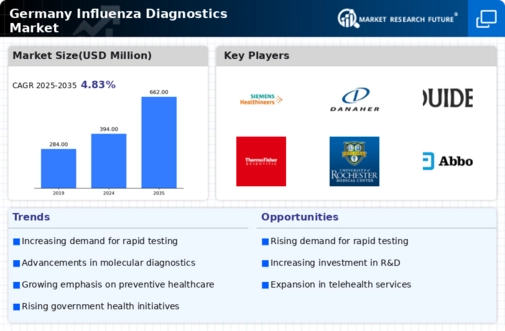
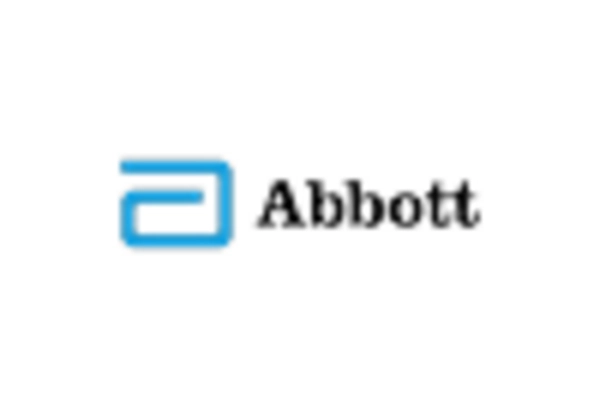
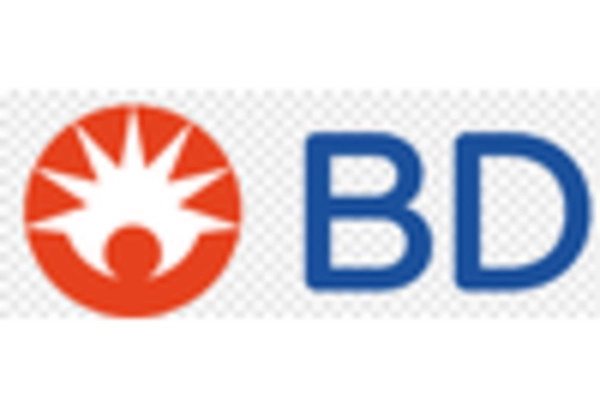
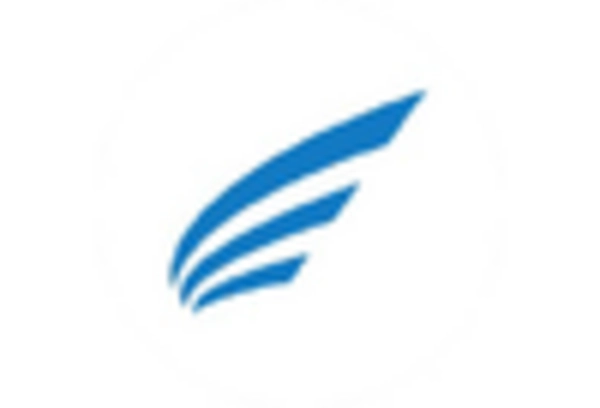
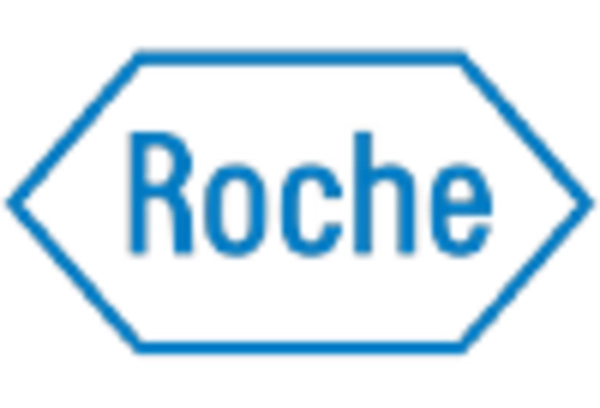










Leave a Comment